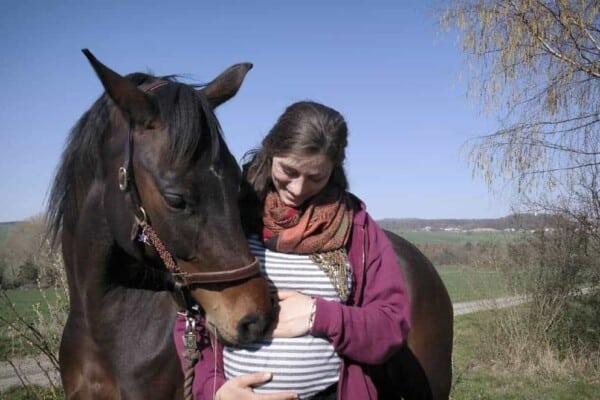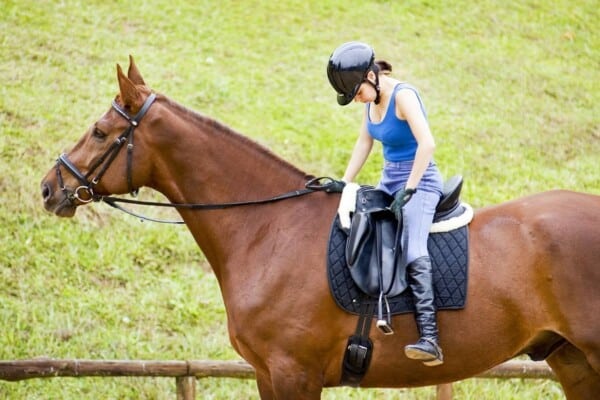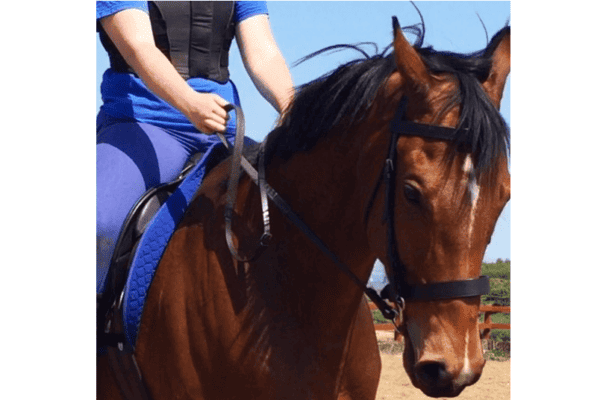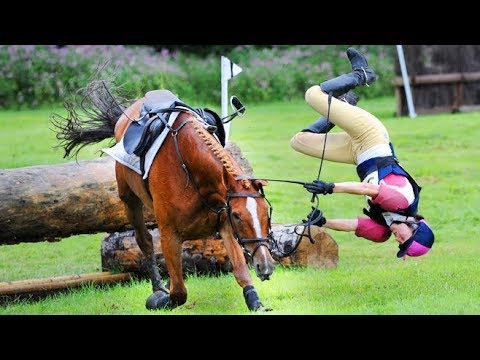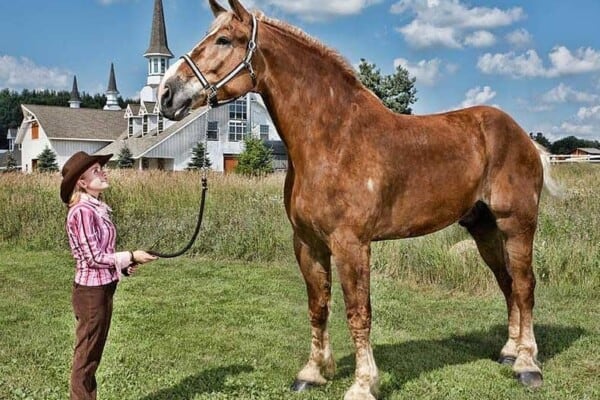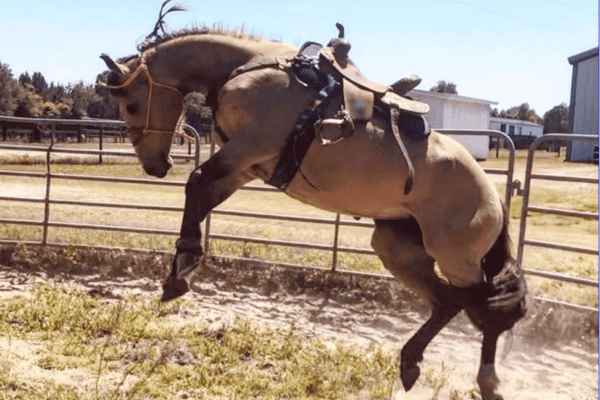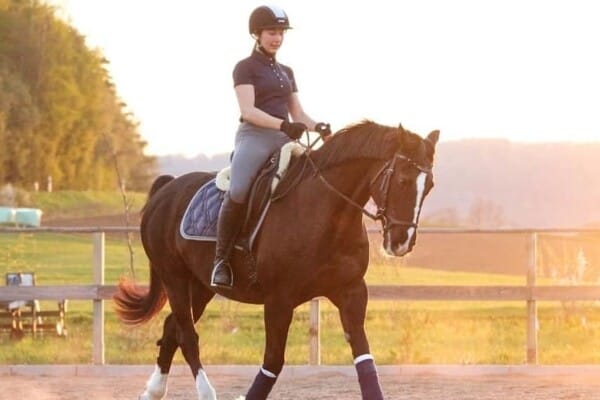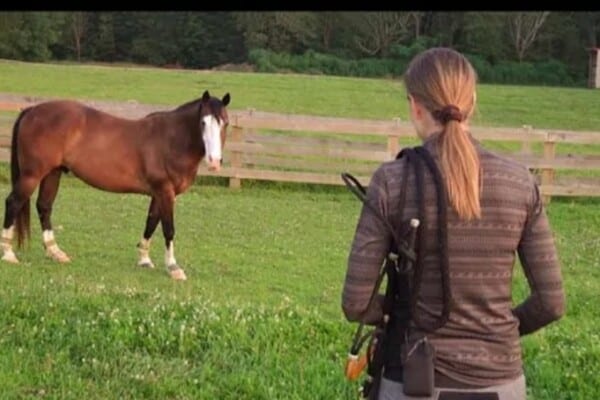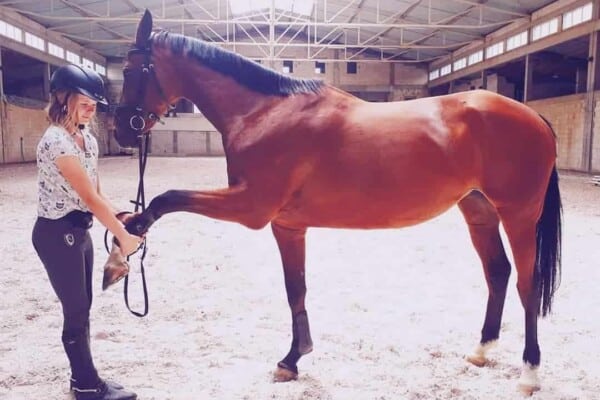Jumping is one of the most exciting activities that you can do with a horse but, like all equestrian disciplines, it takes time, patience, training and application to be successful at it. Any experienced jumping rider will tell you that jumping is 99% flatwork it’s all about the quality of the canter, the rhythm to the fence and the straightness of the horse. A good solid flatwork foundation means you will progress much more quickly with your jumping. Here are 19 simple tips to get you going and help you make progress towards your end goal whether that is jumping a simple course of fences in the arena, riding cross country or entering competitions.
Establish yourself on the flat before you think about jumping
- Don’t run before you can walk – early jumping training at beginner level will be far more effective if you have established sound and secure flatwork first and you can ride in a good rhythm and control the horse’s straightness. You should be balanced with an independent seat and hands in all three gaits
- Start to incorporate poles in your flatwork sessions, this provides good early training for jumping courses later on and will help you understand the approach to and the rideaway from an obstacle
- Always learn to jump on a steady schoolmaster, if you have a young horse that is quite green then learn to jump on something else – resist the mantra that you can learn together as nothing could be further from the truth. Your safety will be seriously compromised if you learn to jump on an inexperienced horse and neither of you will make any progress
Equipment
- Make sure you have a suitable hat. You don’t need to wear a different riding hat for jumping although some people do. You must change your hat however if you ride in one which has a fixed peak as this is dangerous when you jump. If you fall off during your jump lessons and bang your head then you should discard this hat and buy a new one
- Do you need a jumping saddle? If you have your own horse then you may need to consider a different saddle as it is difficult to jump in a dressage saddle or a GP saddle. Jumping saddles are designed to reflect the more forward position of the rider’s lower leg with a shorter stirrup and often have knee and thigh blocks to keep the leg in the right place
- It is usual to carry a jumping stick or whip when you jump, these are shorter than schooling whips which are used for flatwork and dressage
- Pop a neck strap on the horse, it can be useful for additional security and means you don’t have to rely on the reins if you lose your balance
Work on your jumping position
- Understand the importance of a good jumping position and a secure lower leg and spend time working at a shorter stirrup length to perfect this before you start jumping – you can work on your light seat or jump position when you are riding on the flat (providing you are in the correct saddle) and when you are out hacking
- Study the theory of a successful jumping position – the stirrups must be shortened to allow the rider to remain in balance whilst the horse is in flight over the fence. The rider supports their body weight on their lower leg and the fold in the rider’s body is at the hip not at the waist. It is a common mistake for many new jumping riders not to put their stirrups up enough to a sufficiently short length and it is impossible to remain in balance with the horse over the fence if you do not do this
- Always do your light seat work or pole work in a jumping saddle – this is designed with a more forward cut and knee rolls to keep the rider’s lower leg secure as the leg will move forward as the stirrups are shortened
Jump lessons
- It can be helpful to have a series of lessons in fairly quick succession to help get in amongst it – you should be capable of riding in all three gaits in a light seat or jumping position and maintain a balanced forward position over a line of poles
- Jump lessons are best with an instructor or trainer you already know and trust and who knows your riding, they can do all the preparatory work with you and this means you can progress quite rapidly once you do start jumping
- Use a mix of poles and small fences in your early jump sessions, usually a cross pole which is inviting to the rider and makes it easy to keep straight and in the middle of the fence
- Focus on gridwork which is a progressive line of fences with a set stride pattern to make it simpler for the rider who knows when the horse will be taking off. These are usually approached in trot with a placing pole and the horse lands in canter and pops over the remaining jumps. Check out our post on Cavaletti.
- Isolated or island fences in canter come a bit later on as they lack the security of either a placing pole or a closed distance, spreads and doubles are also more advanced and will be included once the rider has made sufficient progress in training
- Eventually, you can build up to small courses with five or six fences in an enclosed space. Show jumping or arena jumping always needs to be established before cross country which is a totally separate discipline
Top Tips for jumping
- Always look after your jumping, a bad session when you have some misses to a fence or on a horse which is too quick and strong can easily dent confidence in a way that just doesn’t happen on the flat
- Never be in a rush to jump too high, perfect the art over smaller fences and the height will take care of itself
- Maintain a quality canter all the time. Jumping is all about control and if you can maintain a quality canter then jumping will be a lot easier.




